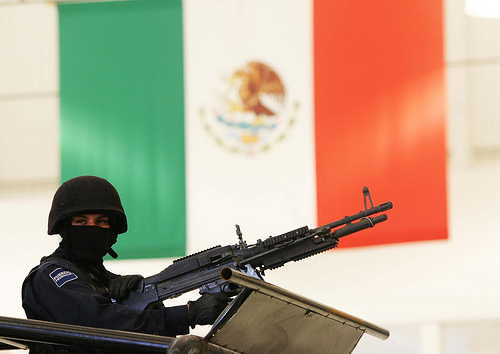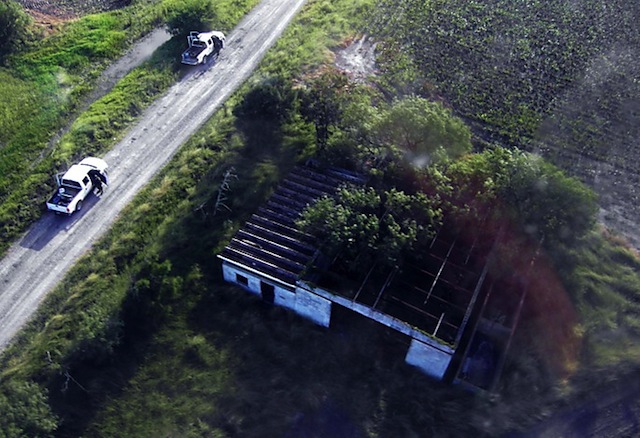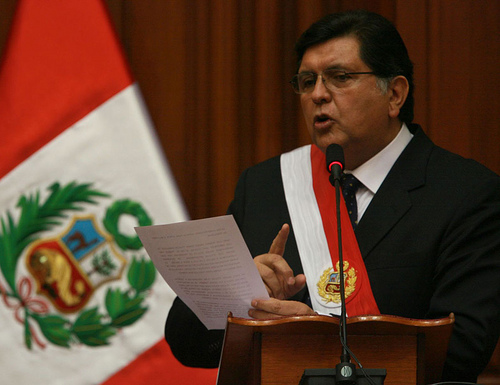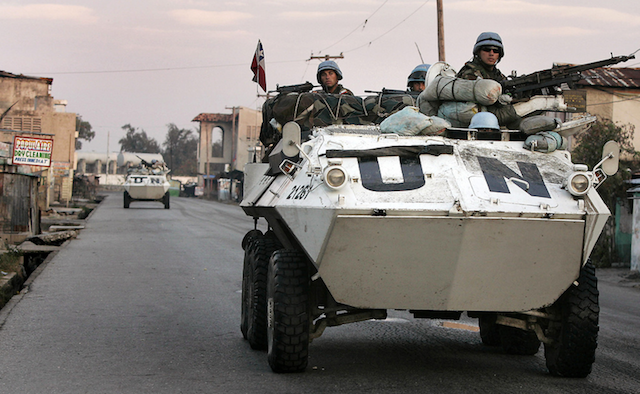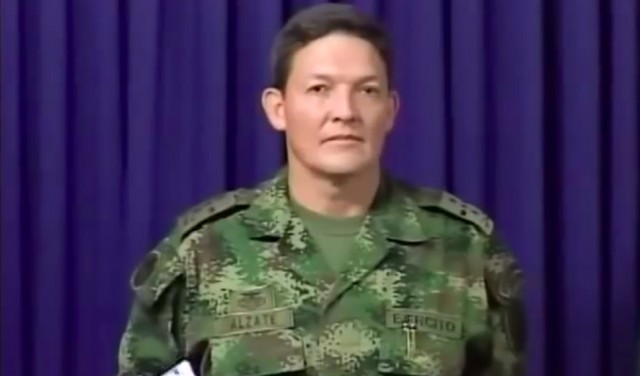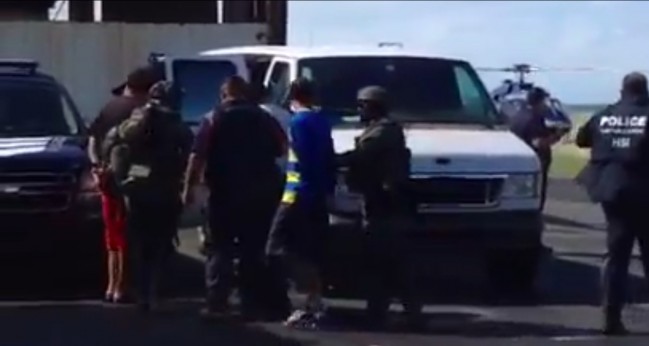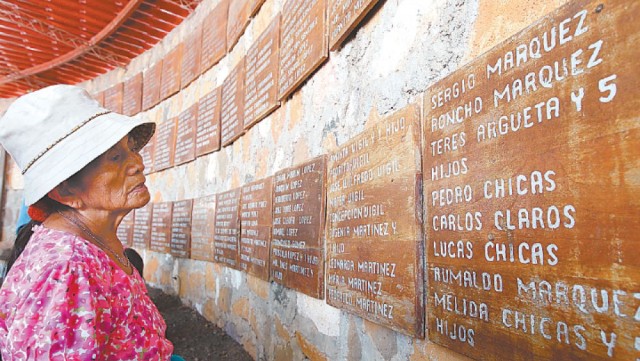
Central America, El Salvador, Mexico, News Briefs, North America
As The World Looks To Mexico, News From Another Massacre Goes Unnoticed
November 25, 2014 By Camila Osorio
The world has been focusing for almost two months on the disappearance and reported killing of 43 Mexican students by a drug gang — an act in which government forces played a major role. In the midst of the public outrage surrounding the students’ disappearance, news of another famous massacre by state forces in Central America passed unnoticed.
“I am sorry,” the former Salvadoran ambassador to the U.S., Ernesto Rivas Gallont, wrote in a blog post published Oct. 31.
He was apologizing for a massacre carried out by the U.S.-backed, right-wing Salvadoran military in the village of El Mozote in 1981. There, an infamous battalion killed some 800 unarmed civilians in the largely indigenous town, including many children.
At the time, Gallont denied that the army had committed such atrocities in both The New York Times and The Washington Post . “I reject emphatically the statement that the Salvadoran army has killed women and children,” he said. “It is not within the armed institutions’ philosophy to act like that.”
It took him 33 years to ask for forgiveness. These are his words now: “Recently, some anonymous enemies have been attacking me because, when I was the country’s ambassador in Washington, when the Mozote massacre happened, I denied it. I was following orders of the government I was representing. I should have resisted and told the truth. I didn’t, and I am sorry.”
Gallont isn’t the first Salvadoran government official to apologize for the massacre. In 2012, former President Mauricio Funes of the center-left party Farabundo Martí National Liberation Front accepted state responsibility for the massacre. Gallont’s apology last month, however, is more significant due to the role he played in the government when the massacre occurred.
Others have yet to apologize. The U.S. denied that the massacre happened with its support, despite the fact that they had trained many of the soldiers and officers, and helped finance the Salvadoran military’s efforts to destroy a leftwing guerrilla group.
Deane Hinton, the U.S. ambassador to El Salvador at the time, said then that there was not enough proof to tie the Salvadoran military to the mass killing.
His statement contrasted sharply with that of journalist Alma Guillermoprieto, a Mexican journalist working at the time as a freelance reporter for The Washington Post. She was one of the few reporters that entered the area after arranging a visit with the guerrillas.
In one of her latest books, “Desde el País de Nunca Jamás,” she described El Mozote as the “largest massacre, to my knowledge, that has happened in Latin America.” When few in the international news media probed deeply into the violence in El Salvador, this is what she wrote for The Washington Post on January 27, 1982.
“…the overwhelming initial impression was of the sickly sweet smell of decomposing bodies. This was Mozote.
The muchachos boys, as the guerrillas are called, walked us toward the central square where the ruins of what had been a small, whitewashed church stood. The walls of the smaller sacristy beside it also appeared to have had its adobe walls pushed in. Inside, the stench was overpowering, and countless bits of bones — skulls, rib cages, femurs, a spinal column — poked out of the rubble.
The 15 houses on the main village street had been smashed. In two of them, as in the sacristy, the rubble was filled with bones. All of the buildings, including the three in which body parts could be seen, appeared to have been set on fire, and the remains of the people were as charred as the remaining beams….
In one grouping in a clearing in a field were 10 bodies: two elderly people, two children, one infant — a bullet hole in the head — in the arms of a woman, and the rest adults.”
Guillermoprieto took pictures of what happened and published this story 32 years ago, just as international and national media have published the story and photos of the 43 missing students in Mexico.
An Argentine forensic team has questioned whether the remains found by the authorities were the students’. An Argentine forensic team also confirmed that hundreds of people were massacred by the military at El Mozote.
The forensic scientists’ country of origin isn’t a coincidence. The forced disappearances of as many as 30,000 people during Argentina’s military dictatorship prompted a generation of students to enter the field during the 1980s, dedicating their professional lives to identifying the bodies of the desaparecidos.
Argentine forensic scientists have helped identify victims in mass graves across the globe, from Central America to Iraq, Bosnia, Croatia and Kosovo.
El Salvador is not the only country in Central America taking steps to acknowledge the crimes that happened almost four decades ago.
Last week, Guatemalan President Otto Pérez Molina offered a public apology to 33 indigenous communities for human rights violations committed by state forces — also backed by the U.S. Government — that displaced them in 1978 to build a hydroelectric during the country’s armed conflict. The president also reached an agreement to compensate the communities.
El Salvador’s ambassador waited 33 years to apologize. Guatemala’s president waited 36 years. How many years might Mexicans have to wait for a public apology?
Image: Milton Flores
About Camila Osorio
Camila is a Colombian reporter based in New York City. She has published her work in The New Republic, WNYC, PRI, the Colombian website La Silla Vacía, among others. She is currently checking facts at The New Yorker.
